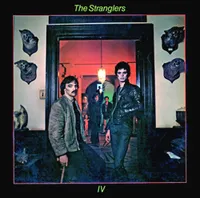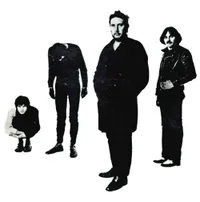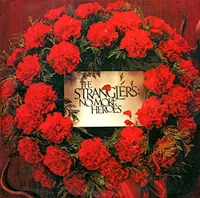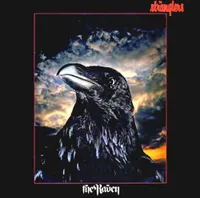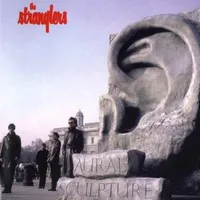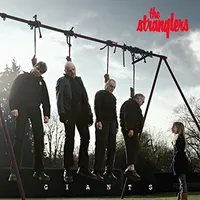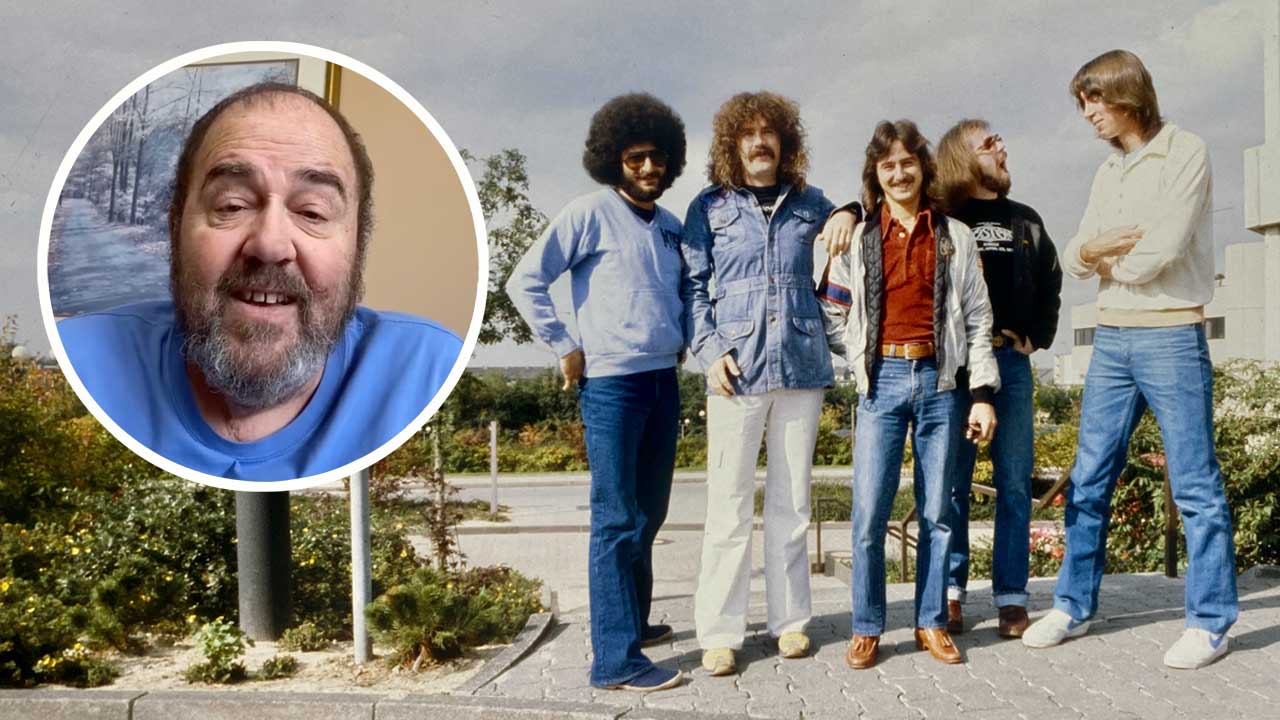The Stranglers' albums you should definitely own
Too punk to be pop, too loads of other things to be punk, The Stranglers had dozens of hits by doing it their own, unique, way
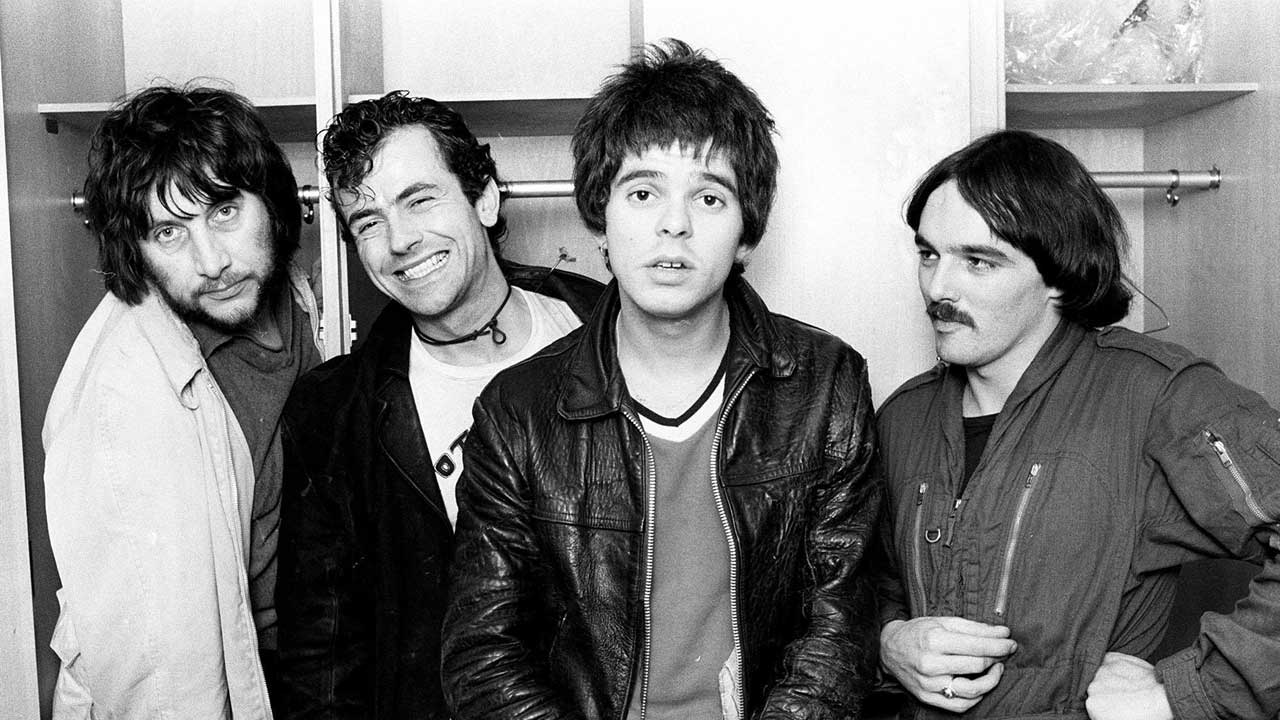
The ultimate gang of punk outriders, The Stranglers never bothered to endear themselves to the mainstream public or the music press. Early gigs often saw mass walkouts and punch-ups. In 1975, two years before their debut single, Melody Maker sneered that “the only sense in which The Stranglers could be considered new wave is that no one had the gall to palm off this rubbish before”. It’s a put-down that sounds even more risible today, given a catalogue with some 23 hit singles and 19 Top 40 albums.
Forged in the unforgiving pub-rock climate of the early 70s, the band’s combative attitude aligned them to the punk scene without ever being a part of it. This pariah status was due partly to their un-punk backgrounds. Drummer Jet Black was a former ice-cream manufacturer who was already nearing 40; keyboard player Dave Greenfield had been in a prog rock group; bassist Jean-Jacques Burnel was a classically trained guitar player; singer/guitarist Hugh Cornwell was a former biochemist and lab rat.
Yet it was their very separateness that made them special. They refused to follow any codes but their own, and their repertoire found room for arsey post-punk, prog, jazz, avant-garde noise, sophisticated balladry and exquisite pop. The band were capable of being spiky, boorish and arrogant one minute, then smart, intellectual and humane the next.
They formed as the Guildford Stranglers in 1974. Support slots with Patti Smith and the Ramones introduced them to a wider punk audience, while a balance of quality and productivity (their first three albums span just 13 months) brought a loyal following of their own. “More hard-core punks definitely didn’t like us,” Burnel remarked later.
A lesser band may have folded after Cornwell’s departure in August 1990, the singer leaving in somewhat acrimonious circumstances and declaring them a spent force. But The Stranglers pressed on, albeit less successfully at first, with new vocalist Paul Roberts and ex-Vibrators guitarist John Ellis.
They eventually slimmed back to a quartet in 2006, the three original members augmented by guitarist/singer Baz Warne. The COVID-19-related death of Greenfield in 2020 was followed by Black's passing two years later – after a long period of ill health – but the band's modified lineups continue to serve them well, and a 50th anniversary tour kicks off next month.

Rattus Norvegicus (United Artists, 1977)
Bridging the gap between pub-rock and new wave, The Stranglers’ debut was a brutal assault on the senses, taking on all-comers and refusing to adhere to membership of any hip London scene. Dave Greenfield’s post-Seeds keyboards and Jean-Jacques Burnel’s bass sketch a trademark sound that was far more musically savvy than most of their peers.
The sneery grunt of Hugh Cornwell only added to the band’s take-no-prisoners allure. And while it’s still difficult to forgive some lyrical misogyny redemption comes in the shape of such magnificent missives as (Get A) Grip (On Yourself), Hanging Around and Peaches.
Black And White (United Artists, 1978)
The experimental minimalism of the band’s third album signalled a subtle change of direction. Witness the outre waltz of Outside Tokyo, or Toiler On The Sea which sounds like a post-punk approximation of The Shadows.
The fluid time signatures of Curfew owe a debt to the anti-pop of Devo; Hey! (Rise Of The Robots) is a frenetic thing with squawky sax (from X Ray Spex girl Lora Logic); Nice‘N’Sleazy is a wonderfully tart, satirical cousin of Sinatra’s Nice’N’Easy (his lawyers supposedly threatened to sue the label).
A bonus seven-inch included a startling cover of Dionne Warwick’s Walk On By that took Bacharach & David into superannuated Doors territory.
No More Heroes (United Artists, 1977)
Fearful that the band’s volatility might cause them to self-combust at any time, United Artists ensured that The Stranglers’ second album was in the shops just five months after their debut.
The mighty Something Better Change, an antagonistic take on the punk revolution, fired by Cornwell at his shoutiest, was one of three tunes salvaged from the Rattus sessions. The title track was an irresistible spurt of adrenalin with a clear message: don’t follow idols.
Dead Ringer took a hatchet to the ‘street’ pretensions of middle-class punks; the contemptuous School Mam was partly inspired by Cornwell’s brief tenure as a teacher.
The Raven (United Artists, 1979)
Largely written in the Italian enclave of Perugia, The Raven was informed by the band’s travels and came loaded with symbolism. Most notably on Meninblack, which rubber-stamped The Stranglers’ monochrome image. Essentially it’s another song played at half-speed (potential single Two Sunspots).
Swedish maverick Joh Bjelke-Petersen, who once tried to set up his own republic in Australia, was the inspiration for the biting Nuclear Device. Another standout is Don’t Bring Harry, a spare commentary on the seductive pull of smack that sounds like a corollary to the Velvet Underground’s Heroin.
By the mid-80s the band’s sound had become almost unrecognisable from the petulant clatter that had made their name in the punk era. This eighth album was a welcoming upgrade from the icy electronic motifs of predecessor Feline, offering instead a warm textural palette of acoustic guitars, ripe harmonies and a three-piece horn section.
The sense of refinement is perhaps best exemplified by Top 20 hit Skin Deep and Let Me Down Easy. Die-hard fans may baulk at the lack of aggressive machismo, but there’s much to admire in the burnished melodies of No Mercy, Souls and Spain, a highlight of which is Greenfield’s organ break.
The band often struggled to find a signature stamp for their post-Cornwell albums throughout the 90s, but they suddenly hit top form with Norfolk Coast, their first album in six years.
New guitarist Baz Warne appeared to be a catalyst of sorts, helping them land their first Top 40 hit in over a decade with Big Thing Coming, and injecting fire into rabble-rousing nuggets like I Don’t Agree and Lost Control.
The others hardly slouch either. Burnel, in particular, unleashes some of the most belligerent bass lines of his career, while also sharing vocals on the record with departing singer Paul Roberts.
The Gospel According To The Meninblack (Liberty, 1981)
The closest The Stranglers ever got to a full-on prog album, their fifth record is an abstract concept piece that addresses conspiracy theories and the notion of aliens living among us.
Biblical portents abound, most strikingly on Second Coming, a song whose message suggests that, should Jesus indeed return to earth at any point in the future, he is likely to be rejected out of hand.
In the almost total absence of guitars, synths and electronic effects dominate, be it on the very strange Manna Machine or the fairground-like Waltzinblack. Although it’s Cornwell’s favourite Stranglers record, few bought it.
After the avant-garde nature of The Gospel According To The Meninblack, with La Folie the band returned to more commercial climes. Studio mixer Tony Visconti was reportedly instructed to treat each song as if it were a hit single, and that he duly delivered with the remarkable Golden Brown.
The track finds Dave Greenfield’s elegant melodicism to the fore, as Cornwell delivers lyrics about what makes him happy, namely heroin and his Mediterranean girlfriend.
Elsewhere, there’s the terrific The Man They Love To Hate, the Gainsbourg-ish smoulder of Burnel’s title track and the addictive Non Stop, a perverse ditty with an ecclesiastical bent.
Giants (Absolute/Ear Music, 2012)
It was thoroughly heartening to discover that The Stranglers were still capable of delivering quality product nearly 40 years down the line.
Burnel and Warne divvy up the vocals on this 17th studio album, which plays around with a variety of styles – blues, punk, classic rock and even a dash of tango – while imprinting the whole thing with a salty malevolence.
The nuanced oddness of tracks like Lowlands and the jazz-countryish My Fickle Resolve is offset by the strident rhythm of standouts Another Camden Afternoon and Freedom Is Insane. There’s nostalgia here too, Burnel bemoaning the lack of latter-day heroes on the title track.
...and one to avoid
You can trust Louder
As it hardly represents the cream of The Stranglers' work, it's perhaps unfair to single out any one album from the Paul Roberts/ John Ellis era as an example of the band's artistic nadir. In terms of the classic line-up, then, that has to be 10.
Roy Thomas Baker's big production certainly doesn't help, filling most of the available space with a brass section. The record's best moment is a fairly faithful cover of Question Mark & The Mysterians' old garage classic 96 Tears. The rest of it suffers from a dearth of decent originals. Cornwell clearly thought he'd hit a creative wall too, opting to quit the group five months after the album's release.
Sign up below to get the latest from Classic Rock, plus exclusive special offers, direct to your inbox!
Freelance writer for Classic Rock since 2008, and sister title Prog since its inception in 2009. Regular contributor to Uncut magazine for over 20 years. Other clients include Word magazine, Record Collector, The Guardian, Sunday Times, The Telegraph and When Saturday Comes. Alongside Marc Riley, co-presenter of long-running A-Z Of David Bowie podcast. Also appears twice a week on Riley’s BBC6 radio show, rifling through old copies of the NME and Melody Maker in the Parallel Universe slot. Designed Aston Villa’s kit during a previous life as a sportswear designer. Geezer Butler told him he loved the all-black away strip.
